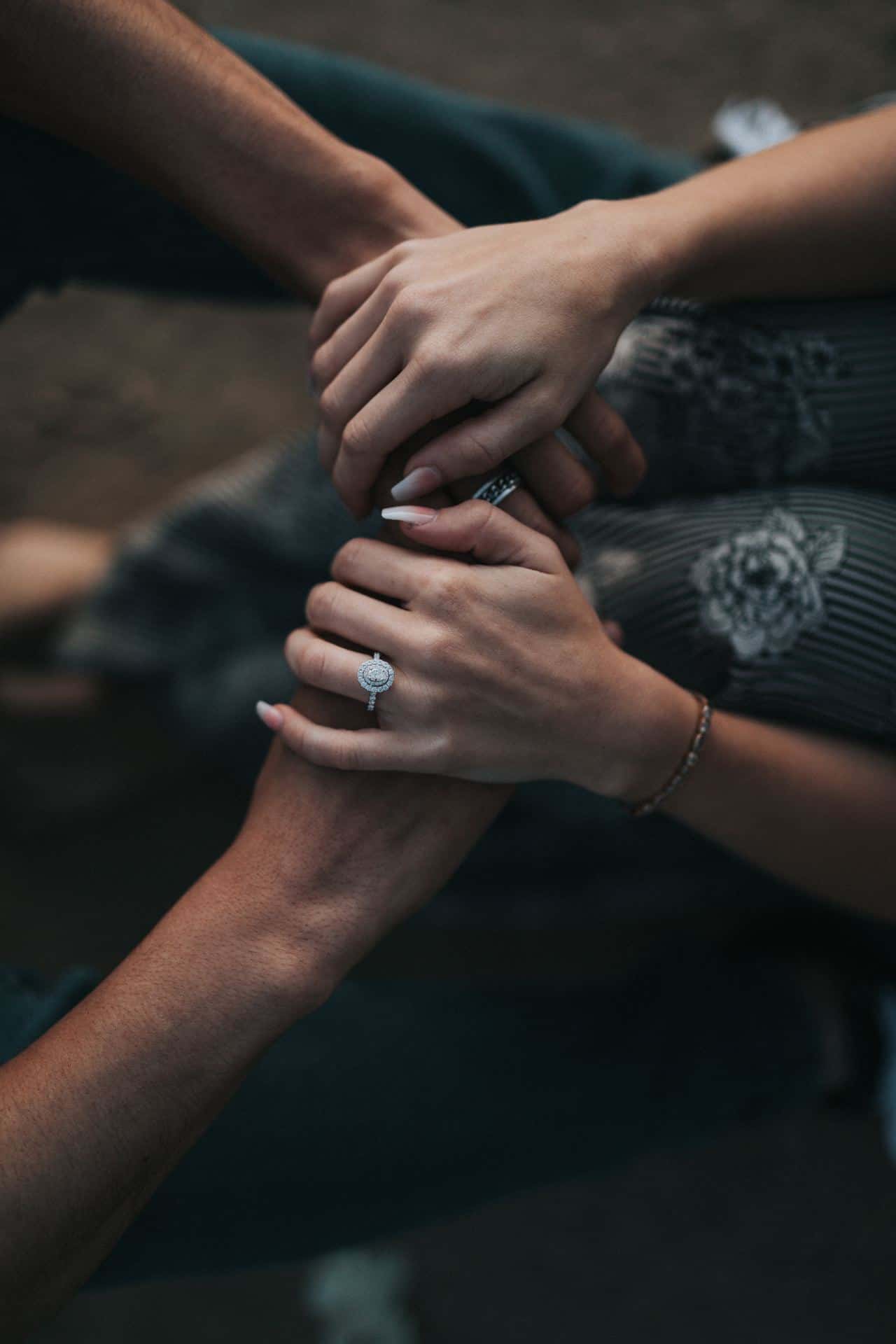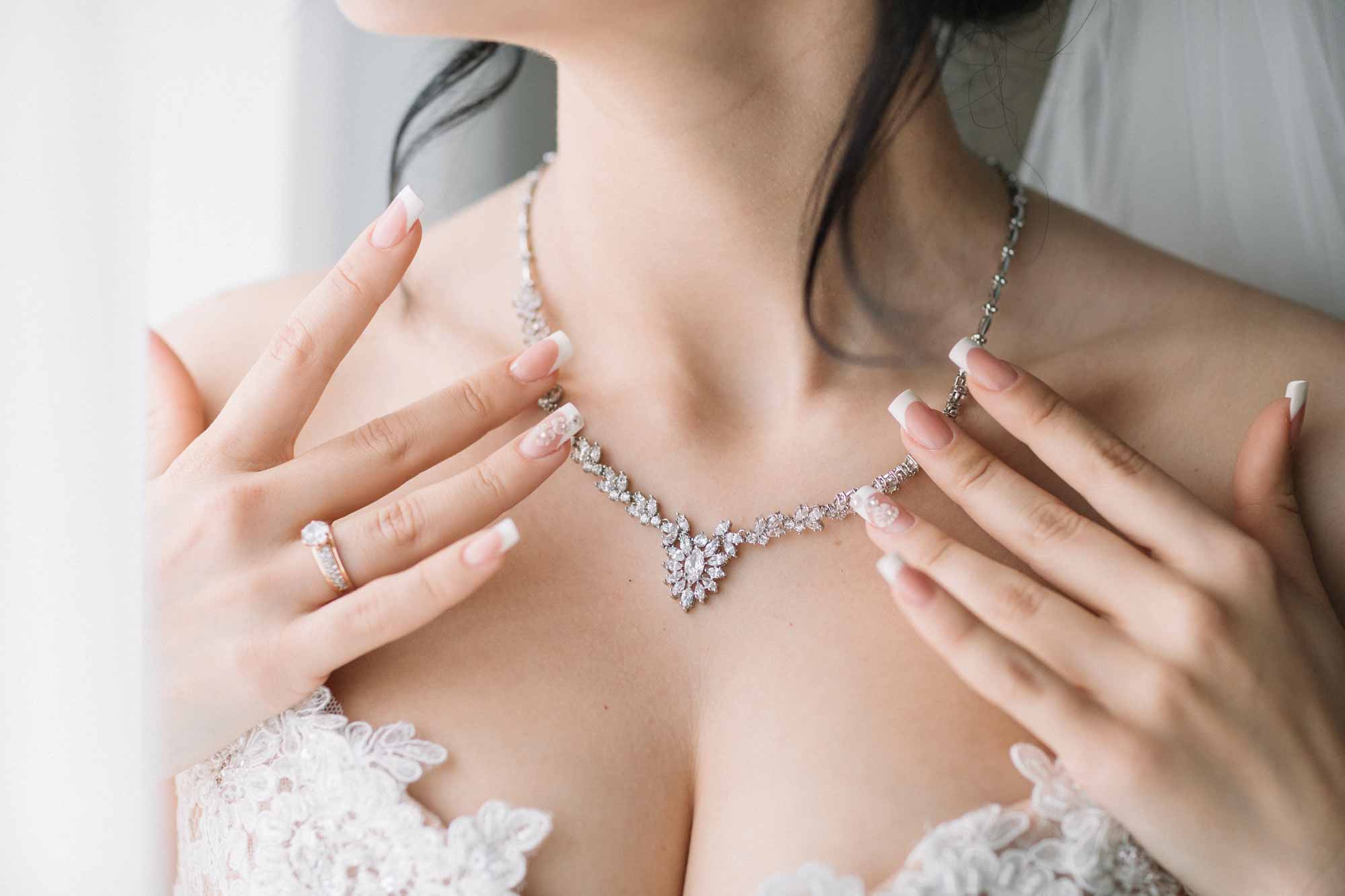How to: Finding the Perfect Diamond
Of all the jewellery that you’ll own throughout your life, your engagement ring is arguably the one that is most important to get right- that is, to get a beautiful cut out of a quality diamond that you’ll cherish forever. And unfortunately, not all diamonds are created equal. So we’ve broken down for you the most important aspects of sourcing and buying the perfect diamond for your personality and budget.
Essentially, the value of a diamond is determined by the four ‘Cs’- the Clarity, Cut, Carat and Colour of the stone. The better the quality of the cut and clarity, the bigger the carat, and the purer the colour, the rarer and more expensive the diamond will be.
Clarity
The term ‘clarity’ is used to describe how many imperfections that diamond has. When these exist inside the diamond, they are called ‘inclusions’. The inclusions can be made up of non-crystallised carbon (the material of which the diamond is made), crystal or mineral inclusions, tiny specs of dirt, or cracks. Generally speaking, these are not visible to the naked eye, but need both a microscope and a professional eye to be seen. Any imperfections on the surface of the diamond are usually called ‘blemishes’. These can both be naturally found on the diamond’s surfaces, or can be the result of the handling of the diamond whilst it was being cut and polished.
The bigger the inclusion, the more it will compromise the diamond’s ability to reflect light from within. The larger and more numerous the inclusions, the less valuable the diamond, whilst the fewer the inclusions, the rarer the stone. Just about every diamond in existence has its own entirely unique inclusions.
The diamond’s clarity can be categorised from ‘highest quality’ to ‘lowest quality’, based on the number of inclusions, their colour and cut. This scale includes four categories that pertain to the diamond’s clarity: FL (Internally Flawless), VVs (Very, very slight inclusions), Vs (Very slight inclusions, Si(Slight inclusions) and P or I (inclusions). The inclusions of the first four categories cannot be seen with the naked eye.
(Courtesy leons-jewelry-store.com)
Cut
Whilst the clarity, carat and colour of the stone are naturally occurring, the cut of the diamond is the one man- made aspect that can have a serious impact on the diamond’s worth. A well- cut diamond will enable the diamond to reflect the most light possible- enabling it to be it’s most brilliant and beautiful potential.
The diamond’s proportions
1. Diamonds that are cut into correct proportions reflect light from every facet and dispersed throughout the visible top of the diamond, and will result in reflecting an even concentration of light, all colours of the rainbow, and maximise the diamond’s lustre.
2. Diamonds that are cut too deeply allow light to escape through the stone’s pavillions.
3. Diamonds that have too shallow a cut allow light to escape out of the pavilion before it can reflected through the top of the diamond.
(Courtesy diamondexchange.com)
Diamonds often aren’t cut to ideal proportions because many diamond cutters choose to utilise most of the rock, and therefore to prioritise size over quality. For those untrained in qualifying diamonds, size is often considered the most important aspect.
Diamonds can also come in a vast array of shapes (often also called ‘cuts’, confusingly enough). Some of the most popular include:
(courtesy outrageousdiamonds.com)
Colour
Although most diamonds appear to be colourless, they often have slight yellow or brown tinges, which can be more easily seen when they’re compared side by side. This is due to particles of surrounding substances being included in the diamond’s atomic structure, as it was being formed over millions of years under extreme heat and pressure.
The more colourless the diamond, the more rare and valuable it is considered. All ‘colourless’ diamonds exist on a scale of 16 different levels of colour, which are labelled from ‘D’ (which are the most colourless) and continue throughout the alphabet. The first three colours- ‘D’, ‘E’ and ‘F’ are also known as the ‘collection colours’, and are extremely difficult to tell apart, especially between smaller stones.
(Courtesy leons-jewelry-store.com)
Some diamonds have well- developed, bright colours, such as reds, pinks, blues, greens and bright yellows. These are extremely rare and highly sought after.
(Courtesy forbes.com)
Carat
The size of the diamond is described by it’s ‘carat’. One carat can be divided into 100 ‘points’, so that 25 ‘points’ would indicate that the diamond is .25 of a carat in size. Although the carat is the easiest of the four ‘Cs’ to detect, it is not the most important, as many think. Two diamonds of the same size can easily differ vastly in price according the the cut, clarity and colour of the diamond.
The carat refers to the diamond’s weight, not its diameter or overall size. This is important to remember as this can mislead the buyer- for example, a shallow- cut diamond of .75 carats will look larger than a deeply or ideally- cut diamond of .75 carats. Remember that sacrificing the shape for the size of the diamond will affect the diamond’s brilliance and concentration of light.
Additionally, the larger the diamond, the more rare and therefore more valuable it is considered- this is why one diamond of .5 carat will cost more than two diamonds of .25 of a carat.
(Courtesy diamonds.com)
When shopping for your ring, either a) memorise the critical points made here, b) create some notes for yourself, as well as some questions to ask the jeweller about the stones, should you feel so inclined, or c) leave this website page strategically open for your beloved… and if you’ve done exactly that, apologise to your partner on my behalf for spoiling the serendipity of simply ‘happening’ across this page! Now you know what to look out for and what to avoid when it comes to shopping for your perfect ring.
Good luck for one of the most amazing shopping trips of your life!














